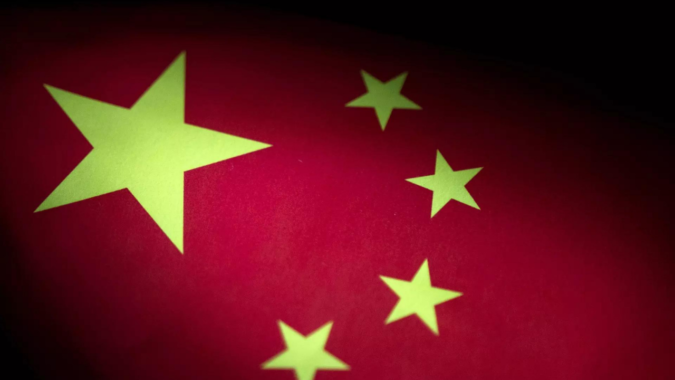BEIJING: China plans to launch an uncrewed probe around 2025 to collect samples from a near-Earth asteroid and explore a comet, the official Xinhua news agency reported on Monday, citing a senior space expert.
The chief goal of the Tianwen-2 mission is to send a probe to the asteroid 2016HO3 to retrieve samples, said Zhang Rongqiao, chief designer of China’s planetary exploration program and of the Tianwen-2 mission.
“If successful, it would be China’s first samples collected from interplanetary space,” Zhang said, adding that a spacecraft will be sent to fly around and then land on the asteroid to collect the samples.
After completing the task, the spacecraft is expected to continue its journey to explore a comet in the main asteroid belt between Mars and Jupiter, Zhang said.
2016HO3 – likely no larger than 100 meters (300 feet) across – was first spotted by the Pan-STARRS 1 asteroid survey telescope in Hawaii in April 2016.
The asteroid orbits around the sun on an elliptical path that also approximates the Earth’s. It also circles around Earth like a “quasi-satellite”, according to NASA.
China’s uncrewed Tianwen-1 spacecraft landed on Mars in 2021, making China the second space-faring nation after the United States to land on the planet.
China would not be the first nation to land on an asteroid.
In 2021, NASA’s OSIRIS-REx spacecraft landed on Bennu, a skyscraper-sized asteroid some 320 million km (200 million miles) from Earth.
A Japanese probe landed on Ryugu, an asteroid 250 million km from Earth, in 2019.
The chief goal of the Tianwen-2 mission is to send a probe to the asteroid 2016HO3 to retrieve samples, said Zhang Rongqiao, chief designer of China’s planetary exploration program and of the Tianwen-2 mission.
“If successful, it would be China’s first samples collected from interplanetary space,” Zhang said, adding that a spacecraft will be sent to fly around and then land on the asteroid to collect the samples.
After completing the task, the spacecraft is expected to continue its journey to explore a comet in the main asteroid belt between Mars and Jupiter, Zhang said.
2016HO3 – likely no larger than 100 meters (300 feet) across – was first spotted by the Pan-STARRS 1 asteroid survey telescope in Hawaii in April 2016.
The asteroid orbits around the sun on an elliptical path that also approximates the Earth’s. It also circles around Earth like a “quasi-satellite”, according to NASA.
China’s uncrewed Tianwen-1 spacecraft landed on Mars in 2021, making China the second space-faring nation after the United States to land on the planet.
China would not be the first nation to land on an asteroid.
In 2021, NASA’s OSIRIS-REx spacecraft landed on Bennu, a skyscraper-sized asteroid some 320 million km (200 million miles) from Earth.
A Japanese probe landed on Ryugu, an asteroid 250 million km from Earth, in 2019.
